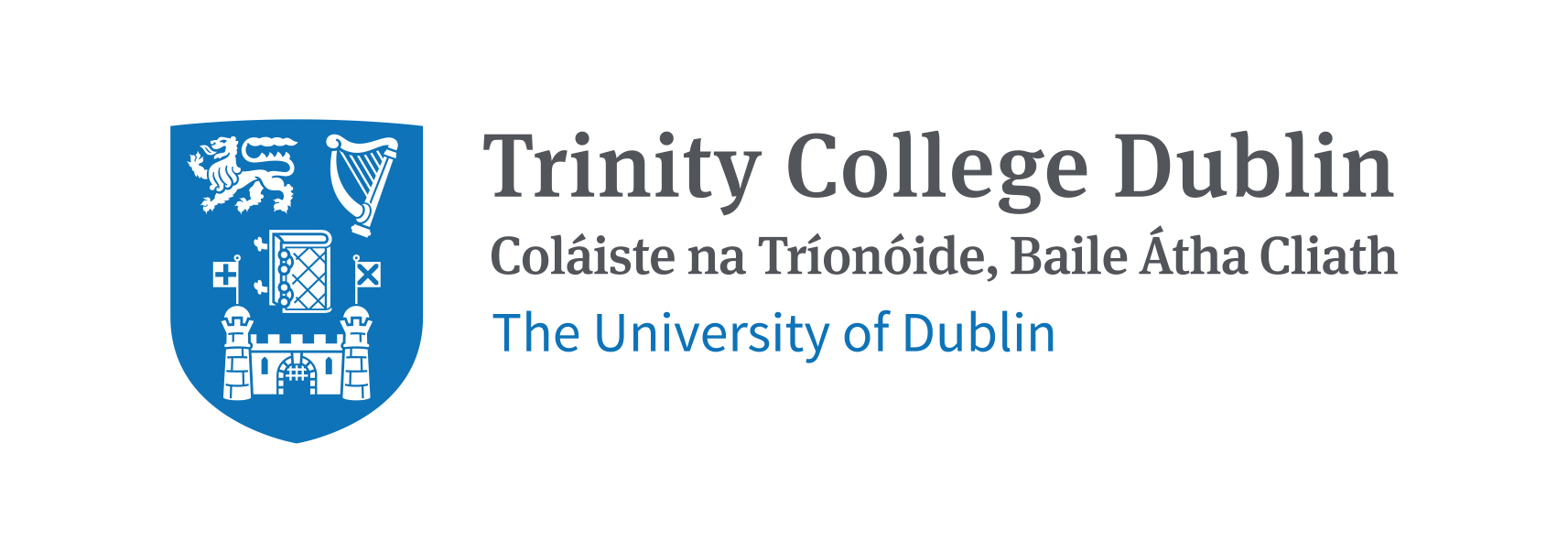Optimisation of Electrolytically-gated Thin Film Transistors made from Printed Nanosheet Networks
Citation:
Ó Súilleabháin, Dómhnall, Optimisation of Electrolytically-gated Thin Film Transistors made from Printed Nanosheet Networks, Trinity College Dublin.School of Physics, 2022Download Item:
Abstract:
Networks of two-dimensional nanosheets show great potential in a wide variety of
different applications, with particular focus on the area of printed electronics. One
of the main issues facing such nanosheet network transistors is the fact that their
performance is limited by the resistance between nanosheets, and are therefore unable
to reach the same levels as their single crystal equivalents. This issue is compounded by
the fact that what exactly contributes to the electrical behaviour of these networks is
not yet known. This work aims to investigate some potential avenues of improving the
performance of electrolytically gated nanosheet network transistors while illuminating
the inner workings of such networks.
One of the benefits of using liquid-phase exfoliated nanomaterials is that different
materials can easily be combined into composite inks in controlled proportions, allowing
for control over the resulting network’s properties. Increasing amounts of graphene
were added to WS2 dispersions in order to spray composite films with different volume
fractions of graphene with a view to improving the transistor performance. The addition
of the graphene to the WS2 follows percolation theory, with a percolation threshold
where the graphene volume fraction φ= 0.08. For pure WS2 devices where φ= 0, the
device mobility was 0.1 cm2 V−1 s−1 and the on:off current ratio was ≈ 104, whereas for
graphene devices the mobility was 0.35 cm2 V−1 s−1 and the on:off current ratio was 1.3.
Hence although the device mobility improved with the addition of graphene, this came
with a corresponding drop in the on:off current ratio. Since the on:off ratio worsened
significantly faster than the other device properties improved, this is unlikely to be a
feasible route to future device optimisation. However, this was able to provide some
insight into the workings of the nanosheet network, with the network conductivity,
mobility, and carrier density all following percolation scaling.
While all-printed nanosheet network transistors have been demonstrated, the switch
from solid metal electrodes to porous graphene electrodes must be investigated to ensure that such devices are performing optimally. In particular, the effect of the change
in gate electrode must be investigated since the high capacitances associated with
electrolyte gating run the risk of having the gate electrode affect the device performance.
WSe2 transistors were fabricated with printed graphene gate electrodes of different
volumes, ranging from 10−4 mm−3 to 1 mm−3. Below the threshold of gate volume
= 10 × channel volume the gate geometry began to negatively impact the device
performance since the gate capacitance was dominating the overall device capacitance,
with the device mobility reaching values as low as 2 × 10−4 cm2 V−1 s−1. Above this
threshold the device mobility remained constant with respect to gate volume at a value
of ≈ 10−2 cm2 V−1 s−1. Fortunately, the porous nature of a nanosheet gate electrode
means that increasing the gate thickness will be sufficient to ensure that the resulting
device is unaffected by the gate capacitance, thereby avoiding the need to have very
large area gate electrodes.
A major stumbling block in the optimisation of nanosheet network devices is the
lack of in-depth understanding of the inner workings of the networks themselves. While
these networks are by no means a complete unknown, obtaining more insight into these
networks should help facilitate further improvements applied to nanosheet networks.
Liquid cascade centrifugation was used to size-select WS2 and MoSe2 dispersions into
multiple inks of different mean nanosheet size ranging between 37 nm and 488 nm,
which were then sprayed into transistors. This allowed the changes in dry conductiv-
ity, wet conductivity, and mobility to be measured against nanosheet length. It was
found that the dry conductivity increases with increasing nanosheet size, while the wet
conductivity and mobility decrease with increasing nanosheet size. The same analysis
was then performed on the device mobilities which found that for majority carriers
(e.g. electrons in WS2) the trend with increasing nanosheet size was in the opposite
direction to the minority carriers. This demonstrated clearly that the carrier density of
the nanosheet networks was what determined the direction of the trend with increasing
nanosheet size. This also enabled an estimation for the mean nanosheet length that
gave the optimal device results. For WS2, the maximum mobility value was μe 4.96
×10−2 cm2 V−1 s−1 at <L> = 69 nm. For MoSe2, the maximum mobility value was μe
1.07 ×10−2 cm2 V−1 s−1 at <L> = 80 nm. Crucially, this data was also used to test a
model relating the network properties to the properties of individual nanosheets, which
was found to be able to successfully predict both the increasing and decreasing trends
with nanosheet size in each case. While the model is in need of refinement, this will be
a useful tool for determining the optimum nanosheet size for future nanosheet network
transistors.
Sponsor
Grant Number
European Research Council (ERC)
Trinity College Dublin (TCD)
Description:
APPROVED
Author: Ó Súilleabháin, Dómhnall
Advisor:
Coleman, JonathanPublisher:
Trinity College Dublin. School of Physics. Discipline of PhysicsType of material:
ThesisAvailability:
Full text availableKeywords:
nanosheets, 2D materials, transistor, liquid electrolyte, electrolytically-gated, graphene, WS2, WSe2, MoSe2, nanosheet network, percolation theory, inkjet printing, aerosol spraying, TFT, mobility, network mobility, liquid-phase exfoliation, electrochemical transistor, cascade centrifugation, size selection, composite filmsLicences:





